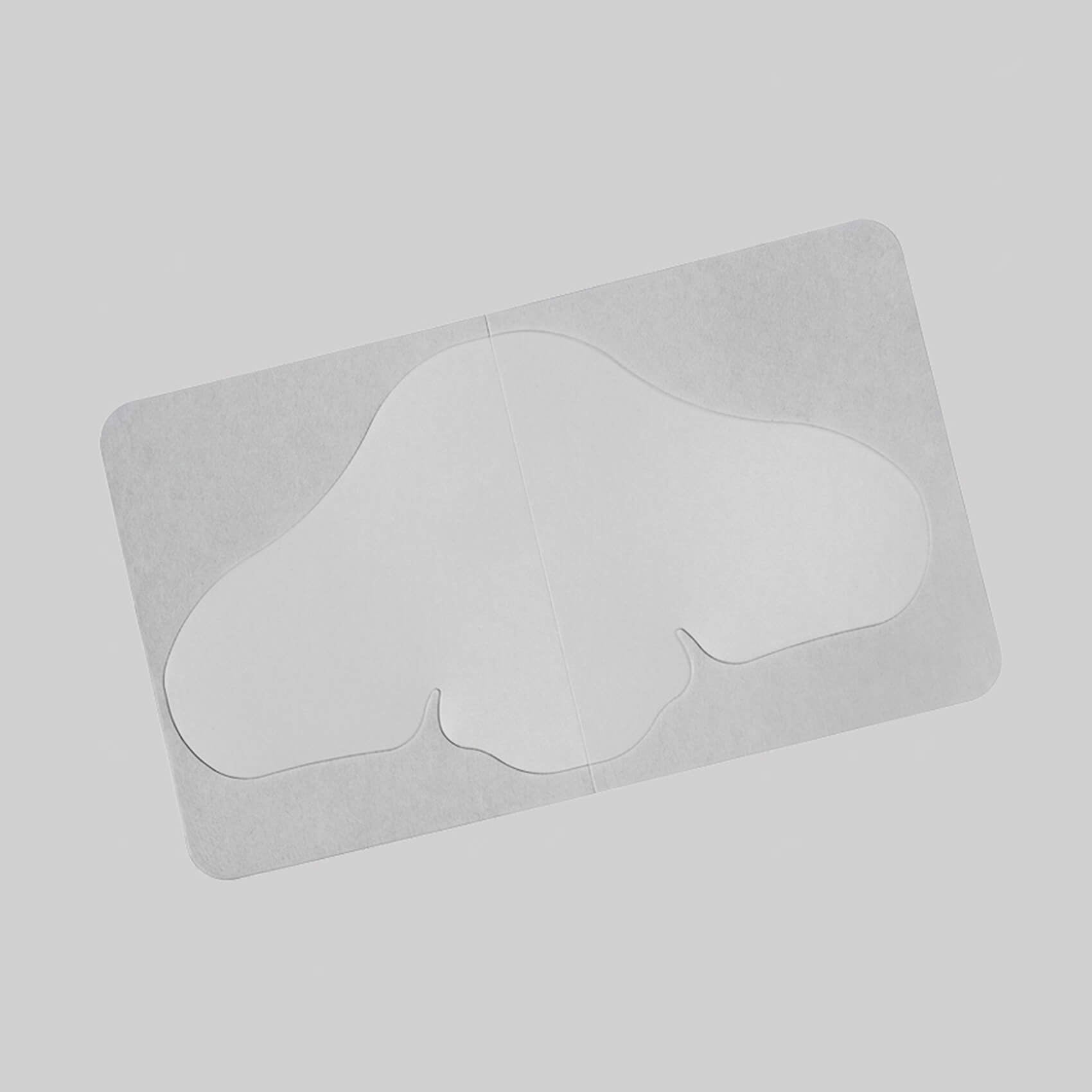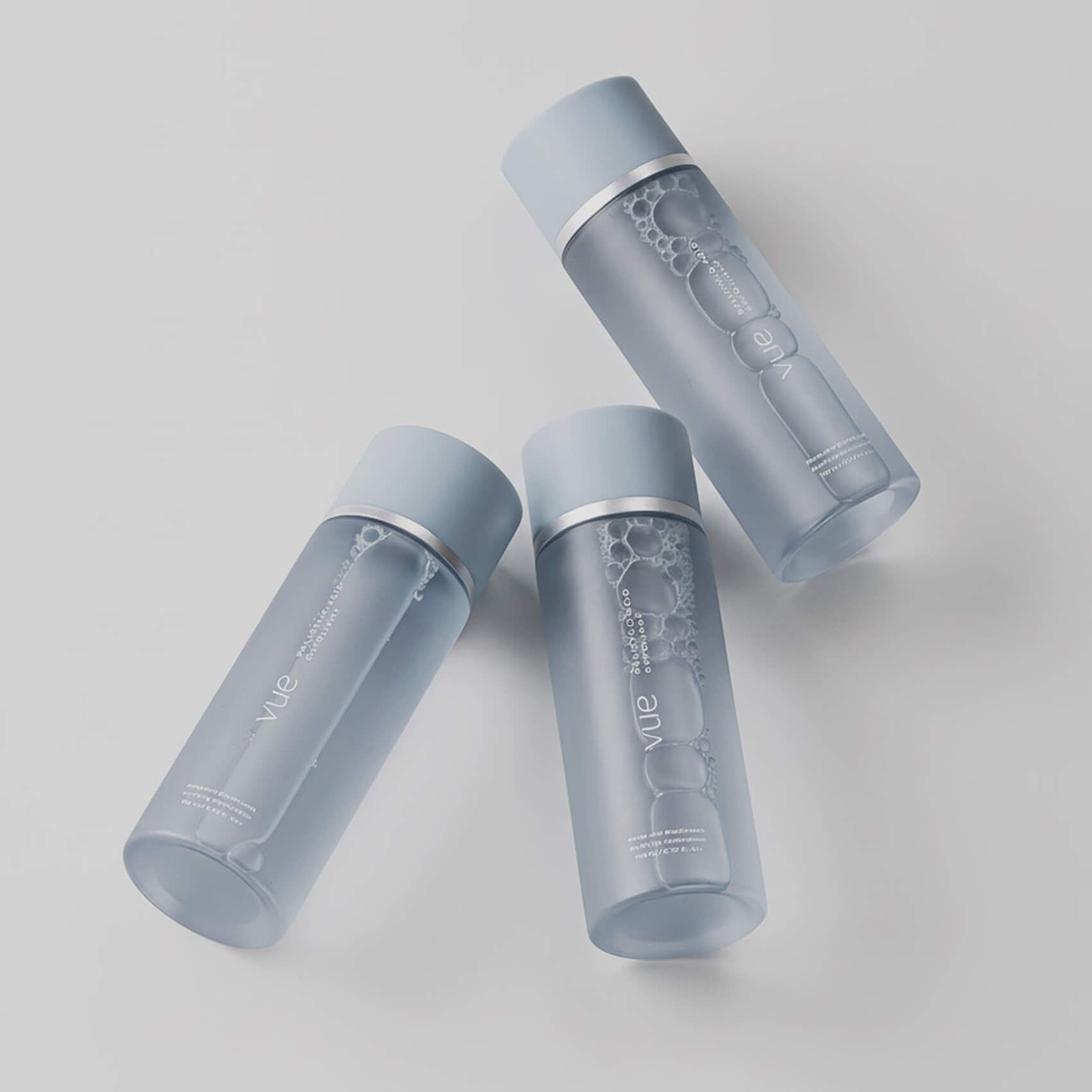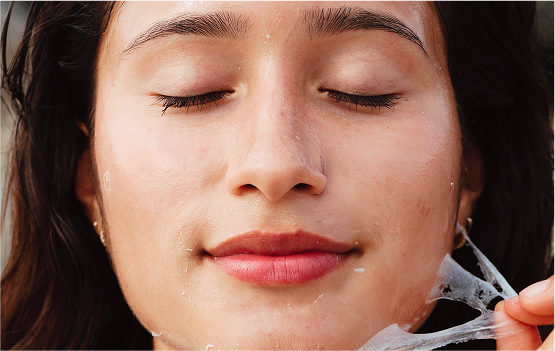Acne affects around 50% of teenagers and adults in Europe at some point in their lives, whether it’s a few tiny blackheads around the nose or a full-on cystic breakout.
Understanding the type of acne you have is the first step toward effective treatment. In this guide, we'll help you identify each type of pimple and provide expert tips on how to treat them.
A Visual Dictionary: 6 Types of Pimples
Acne comes in many shapes, shades, and sizes. Choosing the right treatment starts with understanding which type of pimple you have.

Whiteheads
What you see: Whiteheads, also known as closed comedones, are pimples covered with a thin layer of skin, appearing as small, white bumps. They form when dead skin cells and oils collect within and clog pores.
What you can do about it: Avoid touching or squeezing whiteheads as it can cause irritation and inflammation. Instead, use products containing Salicylic Acid, Lactic Acid, and Azelaic Acid. These ingredients help break down dead skin cells, sebum, and other pore-clogging substances, promoting clearer skin.

Blackheads
What you see: Blackheads, or open comedones, appear as dark, tiny dots on the skin. They are similar to whiteheads but are exposed to air, causing the oil to oxidize and turn black. Blackheads commonly appear on and around the nose.
What you can do about it: Avoid squeezing blackheads and using pore strips, which can strip the skin of natural oils. Instead, opt for treatments that gently exfoliate and reduce blackheads without causing irritation. Look for products with ingredients like Salicylic Acid and Niacinamide to help clear pores and reduce their appearance.

Papules
What you see: Papules are small, pink or red bumps without a head. They can be tender to the touch and often occur when a pore’s follicular wall breaks down, causing white blood cells to come into contact with C. acnes bacteria.
What you can do about it: Refrain from picking or squeezing papules, as this can lead to scarring. Avoid skin irritants, excessive exfoliation, and oil-based cosmetics or sunscreen. Instead, use a daily routine that balances oil, exfoliates gently, and hydrates. Look for products with ingredients like Benzoyl Peroxide and Salicylic Acid to help reduce inflammation and prevent future breakouts.

Pustules
What you see: Pustules are bulging patches of skin filled with white or yellow pus. They are larger and more “poppable” than whiteheads. Pustules form when excess oil and dead skin cells clog pores, triggering an inflammatory response by the immune system.
What you can do about it: Use a cleanser that helps unclog pores and dry out the skin. Hydrocolloid patches can absorb pus and reduce inflammation. If you must pop a pustule, ensure you follow clean and safe pimple-popping practices and use a soothing balm afterward to promote healing.

Cystic Acne
What you see: Cystic acne appears as large, painful pimples underneath the skin. They are red, sore, and can cause long-term scarring. Cysts form when bacteria, oil, and dead skin cells build up deep within pores, leading to infection.
What you can do about it: Apply an ice cube directly to the breakout to reduce pain and inflammation. For recurring cystic acne, consult a dermatologist for treatments such as cortisone injections, oral medications, or prescription topical formulas. Over-the-counter products are typically ineffective for cystic acne.

Nodules
What you see: Nodules are large, painful bumps deep under the skin that can be skin-toned or red from inflammation. Unlike cysts, nodules are hard to the touch and more difficult to treat. They form when C. acnes bacteria, sebum, and dead skin cells get trapped in pores.
What you can do about it: Topical treatments and over-the-counter products generally don’t work for nodules. Dermatologists recommend prescription treatments and in-office procedures like LED therapy or oral medications. Regularly using skincare products with Salicylic Acid can help keep skin and pores clear to prevent nodules from forming.

The One Product for All your acne troubles: VUE Patches
Regardless of the type of acne you have, maintaining a consistent skincare routine is crucial. VUE patches are an excellent addition to your skincare arsenal, offering targeted treatment for various types of acne. These hydrocolloid patches help absorb excess oil, reduce inflammation, and promote clearer skin, making them suitable for use in all seasons.

In conclusion, understanding the type of acne you have is essential for effective treatment. By identifying your pimples and using the right products, you can achieve clearer, healthier skin. Incorporating VUE patches into your routine can provide targeted care and help manage breakouts all year round. Listen to your skin's needs and adjust your skincare regimen accordingly for optimal results.
Take your skincare game up a notch! Explore Vue’s collection to boost your routine and achieve radiant, healthy skin.
















